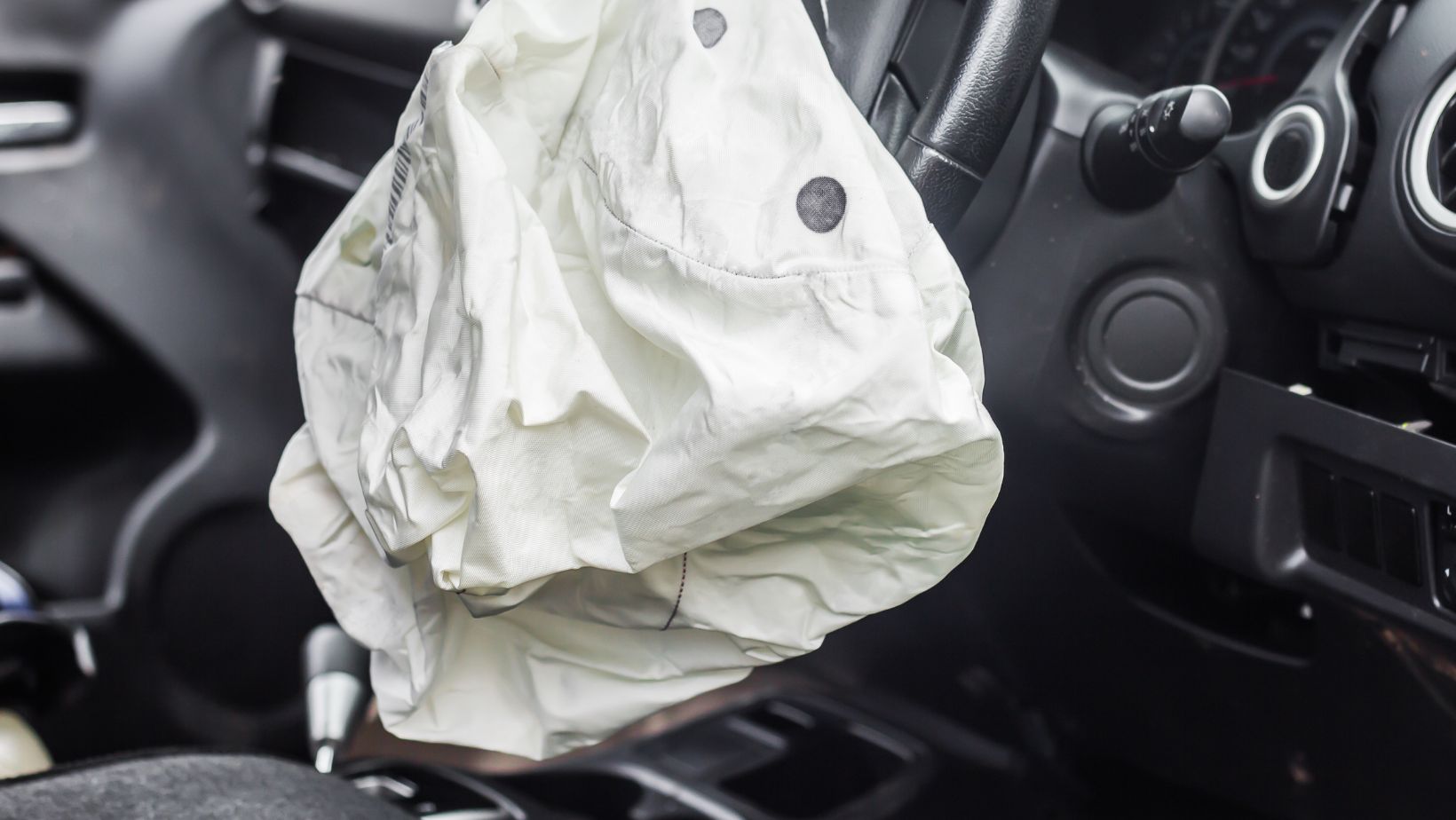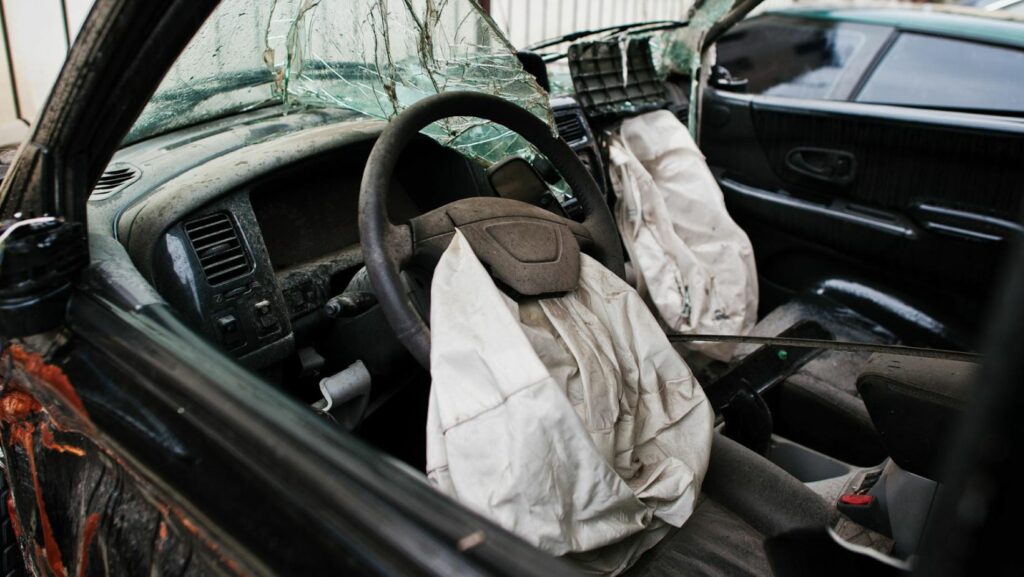Airbags are designed to protect people in a crash by inflating quickly and cushioning the impact. They are not triggered in every accident but only when certain conditions are met.
Do you know how bad an accident is if airbags deploy? When airbags deploy, it usually means the crash was serious enough to cause injury without them. Deployment often happens in moderate or severe collisions, not in minor bumps or slow-speed parking accidents.
While the presence of airbags does not automatically mean the accident was fatal, it does suggest a significant amount of force was involved. Understanding what causes airbags to deploy can help explain how vehicle safety systems work.
Factors That Trigger Airbags Deployment
Airbags rely on sensors that detect sudden deceleration. When the impact force is strong enough, these sensors send a signal to inflate the airbags. The main triggers include:
- Crash Speed
- Moderate to Severe Impacts: Airbags typically deploy in collisions at 10–15 mph (16–24 km/h) or higher when hitting a solid object.
- Low-Speed Collisions: In minor crashes, airbags may not deploy, as seat belts alone may provide sufficient protection.
- Vehicle-Specific Thresholds: The required speed varies by make, model, and safety design.
- Direction of Impact
- Frontal Collisions: Front airbags deploy in head-on or near head-on impacts.
- Side Collisions: Side and curtain airbags activate during side impacts to protect the torso and head.
- Rollovers: Some vehicles use rollover sensors to deploy curtain airbags.
- Rear-End Collisions: These usually don’t trigger airbags, as the impact direction is less effectively mitigated by them.
- Sudden Deceleration (Stop Force)
- Rapid Deceleration: A sudden stop, even at lower speeds, can cause airbag deployment if the force is high enough.
- Impact Energy: The system calculates delta-V (change in velocity) and impact duration to assess crash severity.
- Occupant and Seatbelt Data (Advanced Systems)
- Weight Sensors: Detect if a seat is occupied and by whom (e.g., child vs. adult) to turn airbags on or off.
- Seatbelt Use: Airbag deployment force may vary depending on whether seat belts are used.
- Coordination with Pre-Tensioners: Airbags often work alongside seatbelt pre-tensioners for optimal protection.
What Conditions Do Not Trigger Airbags?
Not all crashes cause airbags to open. Some situations where airbags may not deploy include:
- Low-speed impacts, such as minor fender benders.
- Rear-end collisions, if the force does not affect the front sensors.
- Small side scrapes where the impact is not strong enough.
- Rollovers unless the car is equipped with curtain airbags designed for that purpose.
In these cases, the seatbelt often provides enough protection.
Safety Role of Airbags
According to the National Highway Traffic Safety Administration (NHTSA), frontal airbags saved over 50,000 lives between 1987 and 2017 in the United States (NHTSA).

Airbags work with seatbelts, not as a replacement. Wearing a seatbelt is still the primary defense in a crash, while the airbag provides added cushioning to reduce head and chest injuries.
Common Misconceptions About Deployment
There are many myths about airbags. Some people believe they should go off in every accident, but this is not true. Airbags are designed for moderate to severe crashes, not for every small bump. Another misconception is that airbags alone can save lives. In reality, they are most effective when used together with seatbelts.
Possible Injuries From Airbags
While airbags save lives, they can also cause minor injuries. These may include:
- Bruises on the face or chest
- Burns from the chemical reaction
- Temporary breathing irritation
Most of these are far less serious than the injuries that could occur without airbags.
Key Takeaways
- Airbags deploy when crash sensors detect enough force from speed, direction, or sudden deceleration.
- If airbags deploy, it usually means the accident was moderate or severe.
- They may not deploy in minor crashes, rear-end hits, or light side impacts.
- Airbags work best with seatbelts and have saved thousands of lives in the U.S.
- Deployment can cause minor injuries, but these are much less dangerous than the impact of the crash itself.

